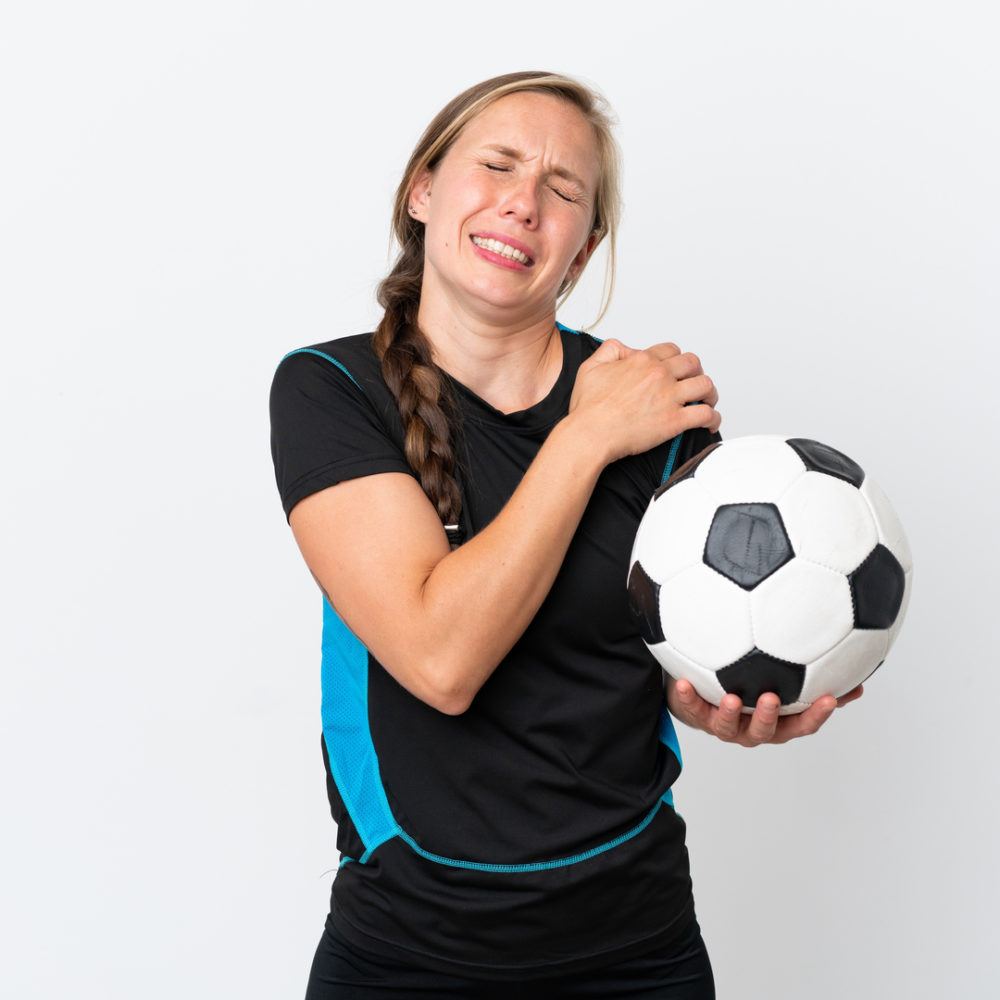An estimated 72% of school-aged children (8 to 17 years old) play at least 1 organized sport. Playing multiple sports at an early age has many benefits. These include living a healthy lifestyle, having a positive self-image, and building social relationships.
However, nearly 30% of young athletes specialize in a single sport year-round. Early sports specialization is harming the physical, social, and emotional development children. This article discusses the early signs and dangers of early sports specialization.
Early Sports Specialization Defined

Early sports specialization is intensive year-round training in a single sport at the exclusion of other sports. This includes athletes who:
- Choose 1 main sport,
- Participate for more than 8 months per year in 1 main sport, and
- Quit all other sports to focus on 1 sport.
Young athletes doing year-round intense training for a single sport are prone to overuse injuries, burnout, and dropping out of sports. Sports believed to be most susceptible to these negative consequences are:
- Baseball (especially pitchers)
- Cheerleading
- Gymnastics
- Soccer
- Swimming
- Tennis
- Volleyball
1. Sports Specialization Increases Injury Risk
Evidence shows specialized young athletes are at risk for injury compared to those who sample multiple sports. One study of 7 to 18-year-olds, showed specialized athletes were 2.25 more likely to sustain a serious overuse injury compared to unspecialized young athletes.
Another study of 546 high school athletes found a relationship between the development of knee injuries and single-sport training. It appears that female high school athletes specializing are particularly vulnerable to hip and knee overuse injuries.
A possible explanation for these injury trends is the lack of diversified activity. This does not allow young athletes to develop the appropriate neuromuscular skills that are effective in injury prevention. Year-round training in a single sport also does not allow for the necessary rest from repetitive use of the same muscles. The positive transfer of skill with the diversification of sport is important for the long-term development of any young athlete.
2. Sports Specialization Leads to Burnout

Young athletes are under a tremendous amount of pressure. Pressure is brought about by adult-driven specialized training programs, weekend tournaments, showcases, and competitions. The psychological risk of burnout, depression, and increased risk of injury often leads to withdrawal from sport.
In the physical therapy clinic, we encounter many young athletes who lose their desire to return to sport following injury. We believe that these young athletes view their injuries as a means to escape from the increased pressures of sports.
3. Injury and Burnout Lead to Dropout
Research proves adolescents need to enjoy their sport. Intrinsic motivators are keys to maintaining participation. Unfortunately, this is often not the case as the temptation of college scholarships and stardom causes thousands of athletes to specialize.
While specialization may result in more highly skilled, sport-mature athletes at a younger age, it isolates the child. The child’s self-image and self-worth are viewed only through the lens of their single sport. This leads to increased stress and pressure.
Consequently, the child loses a sense of control or decision-making power over their lives. These consequences may be far-reaching with their overall physical and psychological development.
Advice for Parents and Coaches

Parents and coaches should be cautious in encouraging young athletes to engage in intense year-round training specialized in any single sport. Adults involved in the instruction of youth sports should be on the alert for signs of burnout, and physical symptoms in highly specialized athletes. They need to be prepared to take corrective action like backing off from training.
A proactive approach is always the best option. Encouraging multiple sports participation has the benefits of reducing injury risk, decreasing the chance of burnout, and promoting basic motor skills. This will enhance the young athlete’s physical and psychological development throughout their lifespan.

